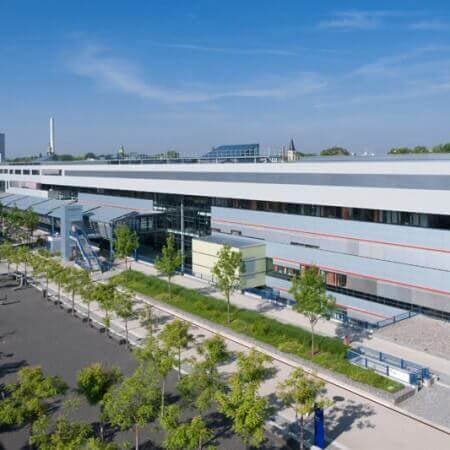About the disease
In some cases of Syndactyly, fingers also become connected by bones as well as by webbed skin. According to American website Healthline, 1 baby out of 2,000-3,000 is born with this condition. Syndactyly is most common in Caucasian baby boys.
Usually, a baby forms fingers and toes during the sixth or seventh week of prenatal development. This does not happen in cases of syndactyly. It can occur if a child has a genetic predisposition. In some cases, it is caused by such genetic defects as Down syndrome.
In most cases, webbing develops between the second and third finger. It can occur with other defects of the skull and bones. Very rarely, a patient can have the condition known as polysyndactyly, where there is an extra number of fingers or toes.
In 50% of syndactyly cases, both hands are affected.
Symptoms
Syndactyly symptoms can be picked up during an ultrasound, which is usually conducted during the sixth or seventh month of pregnancy when the fetus’s hands and feet are distinctly delineated in the image. Webbed fingers are usually the only symptom of this disease, however in some cases it can also indicate other abnormalities.
Diagnosis
Diagnosis is usually confirmed after the baby’s birth during general inspection. In order to check for other abnormalities, the doctor can also arrange for:
- A blood test, to see if everything is alright with the amount of white and red blood cells.
- An X-Ray, which can determine whether there are any signs of bone and tissue problems that cause syndactyly.
Treatment
Surgical intervention is usually the only treatment possible for this condition. It is vital that the surgery is performed at a point in the child’s life when the connected tissue is most likely to be separated effectively. Each case is highly individual, but it is usually best for surgery to be performed when the child is around 1 or 2 years old, when there is less likelihood of complications due to the anesthetic. The doctor will observe the child and make an assessment of when the best time for surgical intervention is.
Plastic separation surgery is currently the most effective type of surgery for this condition. It is usually conducted under general anesthetic. The webbing is split evenly and, if needed, a skin graft is used to cover some areas.
After surgery, the patient needs to wear a cast for 2-3 weeks to completely recover.
Authors: Dr. Nadezhda Ivanisova, Dr. Sergey Pashchenko











